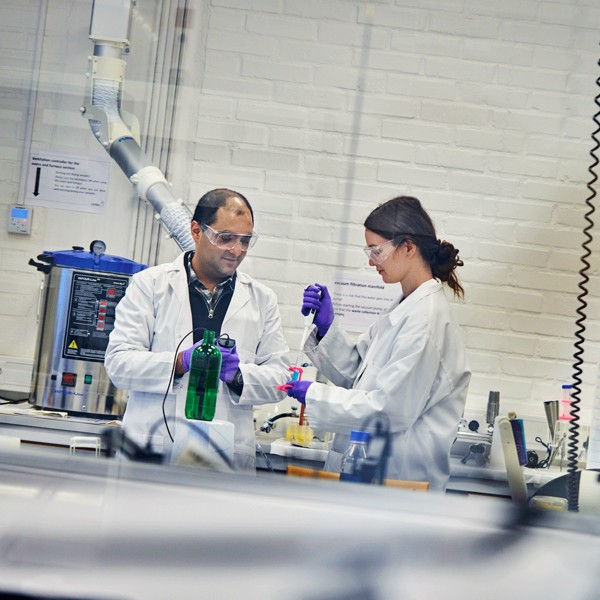Shining a light on water quality to improve drinking water treatment
Översikt
- Datum:Startar 11 juni 2024, 15:00Slutar 11 juni 2024, 16:00
- Plats:SB-S393, Sven Hultins gata 6
- Språk:Engelska
Välkommen att delta då Kate Murphy håller sin installationsföreläsning som biträdande professor vid avdelningen för vatten, miljö teknik. Kate kommer att presentera på temat dricksvattenkvalitet, och berätta mer om hur man i realtid kan följa förekomsten av organiskt material i vattnet och hur man kan använda detta som metod för att göra reningsprocessen så effektiv och hållbar som möjligt.
Föreläsningen tar cirka en halvtimme och sedan följer tid för frågor från deltagarna och avslutning med gemensam och festlig fika! Öppen föreläsning – anmälan behövs ej.
Abstract
The water in our drinking water reservoirs needs treating before it is safe for us to drink. Treatment usually involves subjecting the water to a sequence of barriers which successively remove microbes and chemicals along with unpleasant tastes and odours. Increasingly in connection with urbanisation and climate change, the quality of water in drinking water reservoirs is threatened by increasing loadings of harmful microbes and pollutants. Additionally in the northern hemisphere, water is becoming browner due to increasing natural carbon compounds called dissolved organic matter (DOM). All of these microbes and chemicals need to be removed during treatment, making drinking water treatment today more costly and difficult than in times gone by.
The most efficient way to treat water depends on its chemical composition, which at a given location can change slowly with the seasons or rapidly over hours or days, such as when a lake turns over, or algae starts to bloom, or when there is heavy rainfall. A challenge for water producers is obtaining up-to-date information on all aspects of water quality that can impact operational decisions and treatment outcomes at the plant. For example, it is difficult and costly to measure changes in DOM reactivity, although this parameter affects the performance of all treatment barriers and hence the overall cost of treatment. At this talk I will discuss how the real-time detection of DOM reactivity in water can open up new possibilities for improving the efficiency and sustainability of drinking water treatment.


